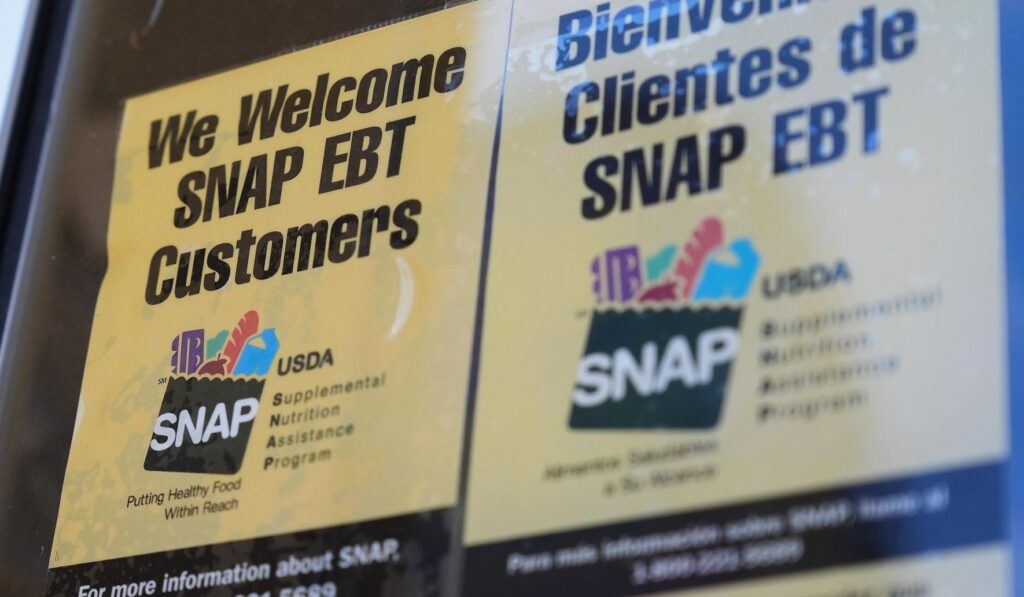The Supreme Court gave the Trump administration another reprieve on doling out food stamp benefits Tuesday, granting a new grace period to give Congress a little more time to end the government shutdown.
The Supreme Court’s move this week handed the Trump administration a temporary break on a dispute over food stamp distributions during the funding lapse. Rather than a final ruling, the court gave a grace period that keeps the issue alive and gives lawmakers more time to resolve the budget fight. That delay matters because it affects millions of families who rely on SNAP benefits while political leaders negotiate in Washington.
The backdrop is a government shutdown caused by Congress failing to agree on appropriations, and the case has become another flashpoint in the larger fight over federal spending and program priorities. Republicans have argued that the gridlock is a symptom of Washington’s unwillingness to set sensible limits and demand accountability. From that perspective, court breathing room avoids a rushed decision that could lock in policies without congressional input.
At the same time, there is genuine concern about the immediate practical impact on people who use the program to feed their families. Courts and administrations can provide temporary fixes, but they cannot replace a functioning budget process that ensures predictable support for those in need. The grace period essentially treads a narrow path: it keeps aid flowing for now while leaving the ultimate resolution to lawmakers and possibly future rulings.
Republican officials see the episode as an opportunity to press for reforms that emphasize work, integrity, and local flexibility in assistance programs. That view stresses trimming fraud, streamlining administration, and returning decision-making to states where feasible. Advocates argue these changes can protect vulnerable households while keeping the program fiscally sustainable and accountable to taxpayers.
Legally, what happened at the court is procedural rather than substantive, and that distinction matters in the weeks ahead. The reprieve does not decide who is right on the merits, it simply postpones the final judgment and alters the timing of the clash between branches of government. Expect more filings and sharper arguments as parties jockey for position and prepare for the next round of litigation or negotiation.
On the ground, state agencies and local partners must juggle the uncertainty and plan for multiple scenarios, from continued distributions to temporary interruptions. That administrative burden can increase costs and complicate service delivery, which is frustrating for officials who want to help families without added red tape. Clear, bipartisan agreements at the congressional level would remove that burden far faster than legal wrangling.
There is a human element at the center of this legal and political fight: parents, seniors, and working families who depend on nutrition assistance. Any policy debate should keep those people in mind and avoid turning their needs into a bargaining chip. Conservative solutions often push for policies that support work and family stability while ensuring taxpayer dollars go where they’re most needed.
In short, the court’s grace period buys time but does not settle the issue, and that means the theater of Capitol Hill and the courthouse will remain active. Lawmakers now face the choice between compromise that restores certainty or continued stalemate that leaves basic services in limbo. As the fight continues, expect both legal appeals and intensified political pressure as leaders try to shape the next steps for the program and for federal spending priorities.



